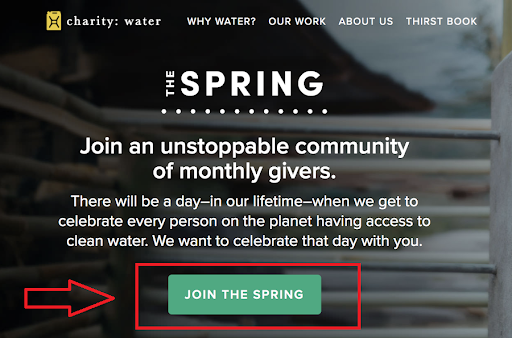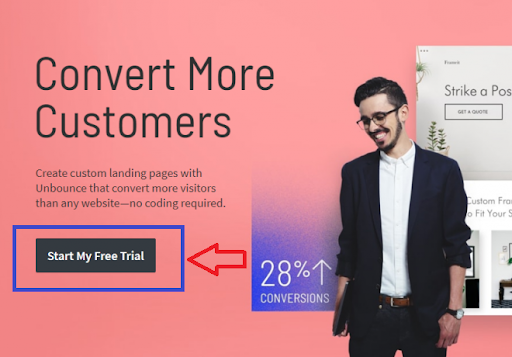5 Growth Marketing Channels That Deliver ROAS in 2022
In 2022, reaching your intended audience is harder than ever. Traditional performance channels are oversaturated and increasingly more expensive. As a result, this has cut down on reach and ROAS. Identifying and testing out new growth marketing channels is essential if you want to cut through the noise and make an impact. If you’re not sure where to start, we’ve rounded up five growth marketing channels that deserve your attention.
Five Growth Marketing Channels That Deliver ROAS
Social Media
You might be thinking that social media is an obvious choice, and you’re not wrong. Virtually every marketing campaign will dedicate at least some of its budget to social media. But too many growth marketers are still looking at oversaturated legacy channels instead of studying emerging trends. Facebook is still the most popular social media platform among marketers. But privacy challenges like Apple’s IDFA changes are making it more difficult for Zuckerberg and company to target ads efficiently. Meanwhile, younger generations are abandoning Facebook in droves.
When creating a social media marketing strategy, be sure you’re thinking about the current landscape. And setting aside some budget to test new social channels. For example, TikTok might be relatively new. But it’s set to surpass the combined ad revenues of Twitter and Snapchat this year and hit $23.58 billion in ad revenue by 2024. Snapchat and Instagram are also more popular than Facebook with the Gen Z crowd. This audience represents $143 billion in annual spending power. In other words, if your social strategy is still limited to Facebook and Twitter, you’re losing out on opportunities to reach the most internet-savvy consumers. It’s time to reassess.
Mobile Apps
One of the best ways to increase ROAS is to advertise within mobile apps. Mobile apps often utilize performance-based pricing models. In the last few years, mobile apps have become an increasingly popular destination for growth marketers. And the COVID-19 pandemic has only fueled that growth. Social media channels and websites are dealing with increasingly restrictive policies regarding user data and cookies. Mobile apps make it easier for marketers to target users without third-party data.
At the same time, consumer attitudes towards the mobile ad ecosystem are evolving. Consumers tend to be far more receptive to ads when they’re not intrusive. Or when they reward the user, and the app environment is uniquely situated to meet those preferences. Growth marketers can deploy interstitial or rewarded ads. Often at a fraction of the cost of traditional ads on legacy websites or social media channels.
Podcasts
Whether you’re into true crime, film trivia, culture, science, or thousands of other interests, chances are there’s a podcast out there for you. As of 2021, 28.2 million people per month were tuning into Spotify to listen to podcasts. And another 28 million are turning to Apple Podcasts. With over 100 million monthly podcast listeners overall, it’s no wonder that podcasts have become one of the most popular performance channels in recent years.
Podcast advertising revenue is expected to reach over $2 billion by 2023. It’s easy to see — or rather, hear — why. Podcasts connect marketers with engaged audiences who come back week after week and month after month. And with so many to choose from, marketers can find podcasts whose subject matter overlaps with their own products and reach consumers with relevant interests.
Search Engine Marketing (SEM)
SEO is likely already a part of your overall marketing strategy. But what about SEM? Search engine marketing is a paid strategy (unlike organic SEO). This strategy places your ads in view of people searching for specific keywords in search engines like Google and Microsoft’s Bing. In addition to driving more traffic to your website or app, SEM is great for brand awareness and increases visibility. Because of this, paid search advertising spend has increased greatly over the last couple of years.
Keywords are key (no pun intended) for search engine marketing. Therefore, this strategy will definitely require some testing to see what works and what doesn’t. The good news is that SEM typically operates on a pay-per-click or pay-per-impression model, so you can stretch your budget further while optimizing your paid search campaigns.
Connected TV
Many of today’s most promising growth marketing channels are mobile-focused, but marketers shouldn’t ignore the meteoric rise of Connected TV. It’s estimated that by 2023, 82% of households will use CTV, by which time 32.8% of consumers in the US will have cut the cord. Since 41% of people watch television with their families, it’s also ideal for increasing your reach — a single ad can potentially reach multiple people at once, while smartphone ads typically can’t do the same.
There are other benefits to the Connected TV environment as well. CTV ads reach consumers when they’re relaxed and paying attention; if they’re watching something on a television screen, as opposed to a mobile device, they’re probably more engaged in what they’re viewing. On top of that, cord-cutters are increasingly receptive to ad-supported television content: 81% would rather watch ad-supported streaming than pay for another subscription.
When In Doubt, Test It Out
Last week we covered how to test OTT without blowing your budget. No matter what growth marketing channels you decide to incorporate into your marketing strategy, testing should always be built into the process. Experiment with different creative assets, copy, taglines, calls to action, and keywords to find the combination that works best for your brand. By avoiding oversaturated media channels with CPM-based pricing, you’ll have more room in your budget for testing, which leads to better optimization in the long run.
At Alpha Media, our powerful CTV buying and attribution platform gives advertisers total control over their campaigns. By combining the reach of television with the accuracy and performance of digital marketing, our platform allows growth marketers to utilize real-time reporting and built-in, always-on testing to take their campaigns to the next level. Want to know more? Get in touch!
















